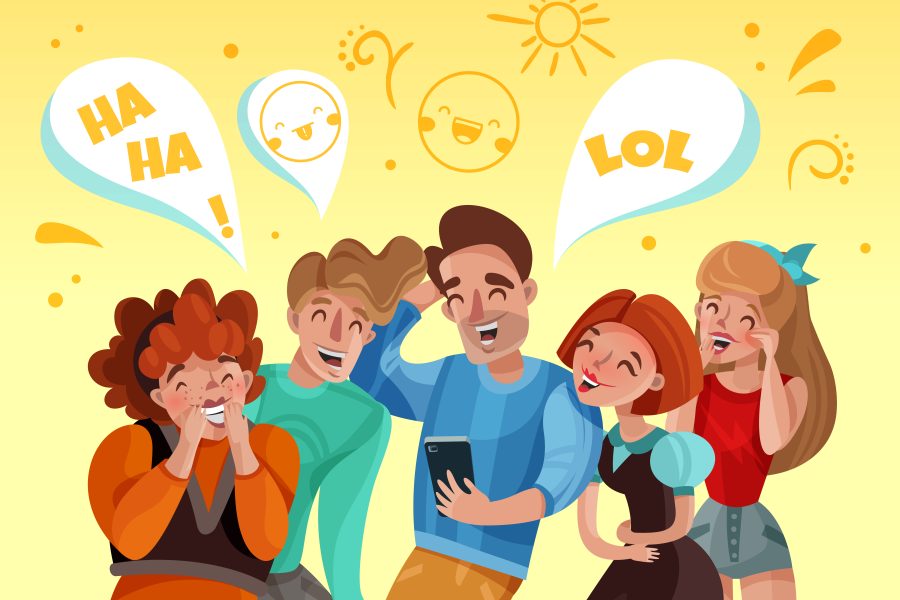Medium theory helps us understand how different types of medias can impact society. The characteristics of a media (print, tv, radio, social media, etc…) can shape differently the way we perceive and understand the information being shared. This theory explores how media does not simply convey information but how it also has an impact on social interactions, relationships and our culture.
“The medium is the message” – Marshall McLuhan
According to Marshall McLuhan, the type of media used to convey a message is more important than the content itself. For Formalists such as himself, the quality of the media matters more than the meaning, as the media gives more insight. McLuhan’s theory states that each medium has its distinctive effect on the receiver of the media.
For example, print, like newspaper or books usually allow for a deeper analysis and engagement. Contrastingly, television, which is a medium where more senses are being used, offers a more engaging experience and participation (Alsaeed, 2023). Nonetheless it can have a bigger impact emotionally which might lead to disproportionate reactions and false understanding.
In our time, social media is a gripping example of the medium theory.

On X, previously Twitter, users can only post statements of a maximum of 280 characters. This limited amount makes the posts brief which can lead to misunderstandings and excessive simplification of complicated topics. Additionally, the platform creates a feeling of immediateness which as a medium makes it less adequate for reflection and discourse.

A visual platform such as TikTok will share information via short videos in opposition to X where everything is shared via text. These videos can create a deeper relation between the viewer and what is being shared. Their emotional reactions might cloud their judgements on what they are watching. It is important to remember that anyone can post a video in TikTok. Every platform operates like this but this one with its growing popularity has become a hub for rumors and fake news. Moreover, users have become obsessed with the idea of the “aesthetic” and would make videos to fit into a particular vibe that would get them the most likes and not worry about the actual message behind their post. This medium makes the users more concerned with how their videos look and what it will get them (likes, money, popularity) than what they could be conveying with it.
In conclusion, McLuhan’s quote that the medium is the message is still valid nowadays. We have to realize how different medias can affect our understanding of the message and how we should engage with those mediums in a more critical way.
References:
Alsaeed, G.R. et al. (2023) “Source, message and medium? The role of personal values in forming credibility perceptions of non-sponsored product review videos”, European journal of marketing, 57(5)


I really liked the way you structured this post, starting with a brief introduction about the theory then using two very contrasting social networks to apply the theory on to. It is clear you think it is still relevant in today’s day. Do you think that if a creator cross-posts the same content on different platforms it would maybe cause some kind of confusion or mixed messaging from the content?
I think that X is worse than Tiktok when it comes to fake news, discourse and gossip as so few words can get misconstrued so quickly.
As you mentioned in your blog, Tiktok allows for the creator to build a deeper connection with their audience. Although drama and scandals still happen, it is easier to take something out of context when you don’t know the person’s tone of voice when reading an X post.
I would be interested in learning what is your take on the side of ‘aesthetic’ videos on social media. What messages do you think audiences receive from an aesthetic video, and how would it differ if the photo medium was used instead?
I like how you compared different media types and showed how each influences our perception and understanding of information. Highlighting the deeper analysis enabled by print and the intense, emotional reactions triggered by television effectively captures the differences in how these media affect the audience.
I really liked how you compared different platforms like X and TikTok. It’s so true that the medium itself shapes how we perceive information.